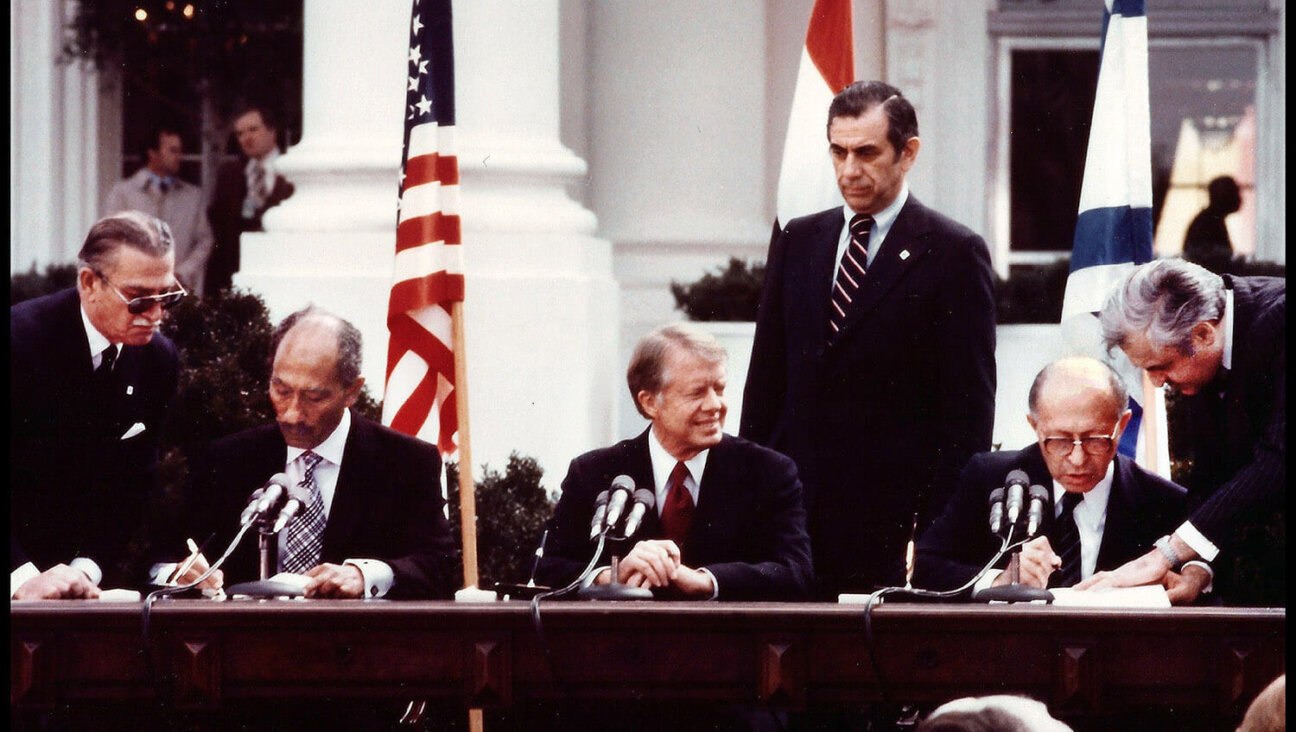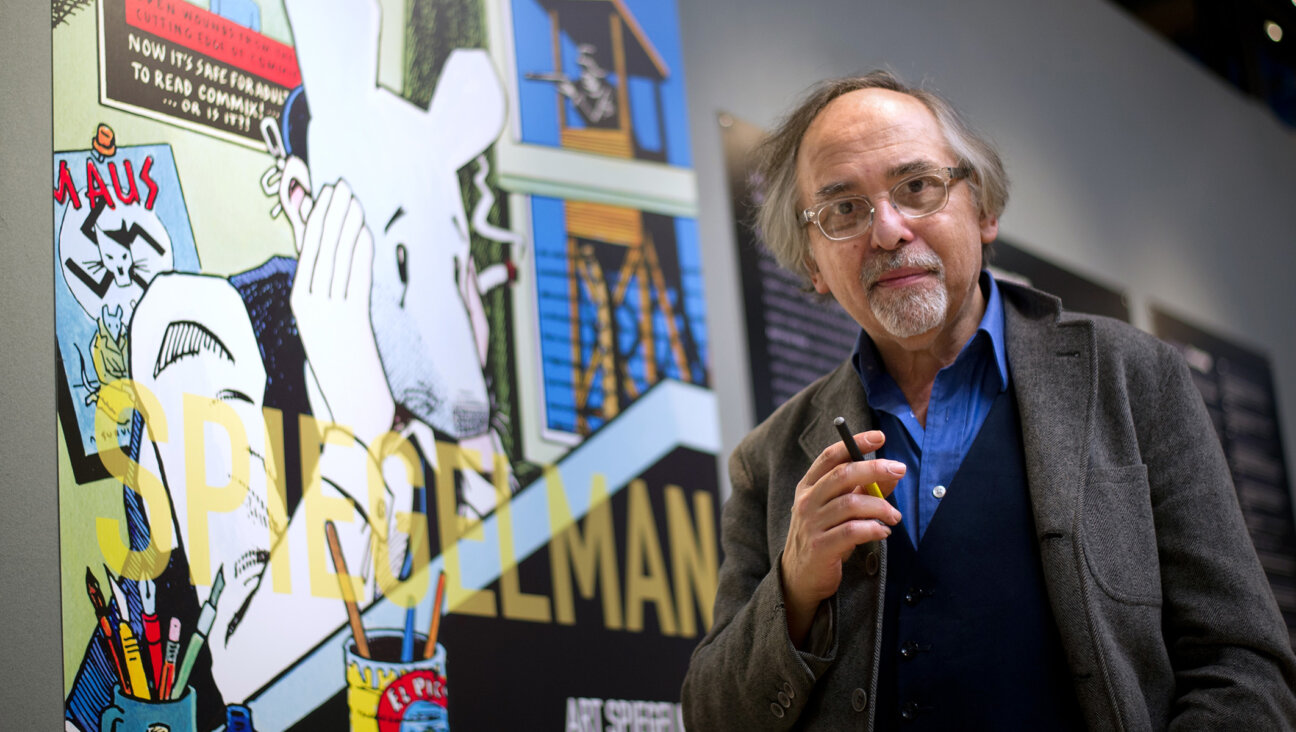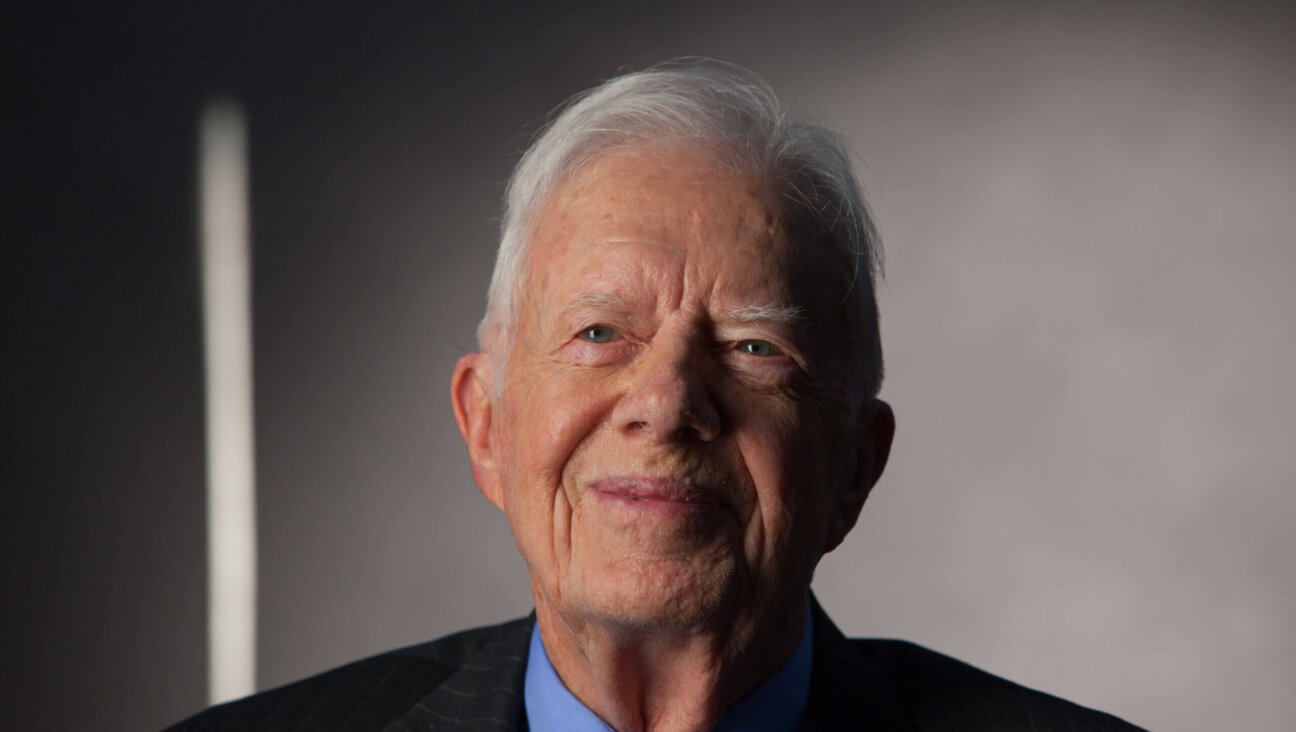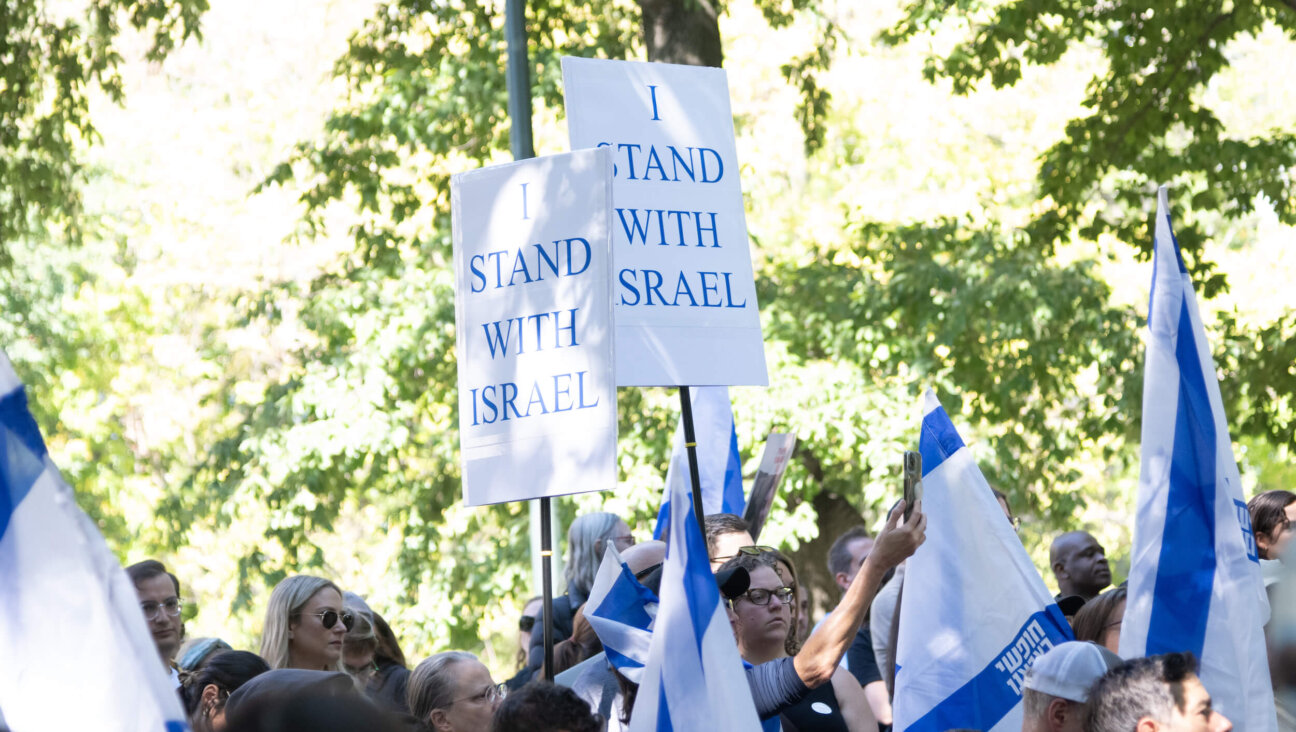A rabbi’s 3000-mile Turkish odyssey, in the name of kashrut

Rabbi Mendy and Eli Chitrik in Harran, Turkey. Image by Rabbi Mendy Chitrik
Kosher offerings on supermarket shelves in America and Israel might have looked differently this High Holiday season had Rabbi Mendy Chitrik not undertaken a 3000 mile trip around Anatolia, Turkey’s Asian portion, this summer.
While it may come as a surprise, despite only 15,000 Jews in the country, Turkey is a major supplier of kosher products.
After all, the country as a whole is a powerhouse of food production — the seventh-largest food and beverage producer on the planet. Agriculture accounts for more than a fifth of the Turkish economy. Turkey is home to nearly 70% of the world’s hazelnut crop, and is also the world’s largest producer of figs, cherries, apricots and pomegranates.
Along with that industry are nearly 300 kosher factories that produce milk powder, dried fruit, kosher-for-Passover salt and myriad other products.
Normally, at any given moment, there is a team of 15 to 20 mashgichim, or kosher certifiers, who are brought in from Israel to make sure every kosher food processor is inspected. Many of them are managed by Rabbi Chitrik, who oversees kashrut operations in the country for both the American-based Orthodox Union and the Turkish Rabbinate.
This year, however, the global coronavirus pandemic put a stop to outside inspectors.
For months, as the country wrestled with the virus, borders were closed and inter-provincial travel banned, making it impossible for the mashgichim to make their rounds.
Therefore, when Turkey began to open back up in the summer, Rabbi Chitrik decided to take his 19 year-old son Eli in tow and travel around the country to inspect as many factories as they could, so that their kosher certification would not lapse.
“Many companies wouldn’t accept supervisors that travel by plane or public transportation,” Chitrik said. “We had no choice but to get a car and go on our trip. It took about one month to cover 95 plants.”
The two set out from Istanbul to Eskisehir, a city in northwestern Anatolia, and made their way through two dozen cities, beginning with central Anatolia, and moving on toward the Syrian border before making their way back to Istanbul along the Mediterranean and Aegean coasts.
As a member of the Chabad movement and Turkey’s Ashkenazi chief rabbi, he had another goal as well — to check up on the remnants of small Jewish communities and sites of Jewish history dotted around the country.
While Turkey’s total Jewish population is estimated to be around 15,000, the vast majority of them live in two cities, Istanbul and Izmir. However, the rest of the country has a long history of Jewish settlement going back millennia.

The ruins of an ancient synagogue near Söke on Turkey’s Aegean coast. Image by Rabbi Mendy Chitrik
Harran, home of Laban the Aramaean, the biblical character and father-in-law of Jacob, remains a town in southeastern Turkey, near the Syrian border.
“Walking on the streets in Harran, these ancient streets, it really fills my heart with joy,” Chitrik said. “Here is where the destiny of the Jewish people was first drawn.”
Though Turkish Jewry is generally associated with the Sephardic community which, in modern times, is the largest and most dominant of the country’s Jewish communities, Sephardic Jews are actually the most recent import into the country, only arriving into the welcoming arms of the Ottoman Empire after the Spanish expulsion of 1492.
In addition, the country has five other significant Jewish communities. An Ashkenazi community that arrived after earlier European expulsions from France, Hungary and elsewhere in Europe, a Karaite community, which has been present in the country for nearly 1000 years, the Greek-speaking Romaniote community, which has been present since before Roman times, as well as the Kurdish and Syrian communities which trace their history in the region back to the First Temple period.
As the Chitriks made their way around the country, they returned a Jewish presence to sites with long Jewish histories that became devoid of Jewish life in the 20th century.
In each location, Rabbi Chitrik made a video about the sites that he shared with Istanbul’s Jewish community via his Facebook and Twitter accounts in the hopes of connecting Turkish Jews with their faith and national history.
One such stop was Cappadocia, where the rabbi and his son spent the first Shabbat of their trip.
Cappadocia is one of Turkey’s most notable tourist attractions, due to its cave cities and unique geological features.
Rabbi Chitrik had a different interest, however.
“The Jewish community of Cappadocia is a community that has had an effect on every Shabbat table today,” Chitrik explained.
The community is mentioned often in the Talmud, but one notable spot is in the context of Shabbat candles, originally the rabbis arguing in Yavne wanted to decree that only olive oil could be used in Shabbat candles, but the Talmud asked, “What will the community of Cappadocia do?”

The remains of a synagogue In Cermik, a village just outside of Diyarbakir, Turkey. Today it serves as a warehouse, but the outline of the ark can still be seen. Image by Rabbi Mendy Chitrik
No Jews live full time in Cappadocia today, but thanks to the Chitriks, Shabbat candles were lit once more in the city from which the tradition was born.
The next Shabbat they spent in Mardin, a city on the Syrian border with a large Syriac Christian population.
Rabbi Chitrik’s Talmudic education came in handy there as well.
The city is only a few kilometers away from Nusaybin, mentioned in the Talmud as Nitzivin, Nusaybin was the site of the yeshiva of Talmudic scholar Rabbi Yehuda Ben Bathyra.
No Jews remain in Nusaybin today, the city’s Jewish community largely relocated to Israel after its establishment in 1948, but the language of Rabbi Yehuda Ben Bathyra and the Gemara, Aramaic, lives on there. It is the home and liturgical language of many of the region’s Syriac Christians.
Though Talmudic and Syriac Aramaic are not quite the same dialect, Chitrik found their words comforting nonetheless.
“When they say lakhmo, for bread, or shamno for oil, it sounds almost like an Ashkenazi pronunciation of Aramaic,” he said.
“Spending Shabbat in Mardin, speaking Aramaic with the locals, looking at the place of Rabbi Yehuda Ben Bathyra, and out over Aram-Naharaim, it added a whole new dimension to the trip,” Chitrik said, using the biblical name for the region.
The trip also gave Chitrik the opportunity to stop in on living, or at least not quite dead yet, Jewish communities.
Another city the Chitriks visited was Antakya, which is the Turkish name for ancient Antioch — the only place other than the Golan Heights where a Syrian Jewish community remains on historically Syrian land.
Though whittled down to only a few families, Rabbi Chitrik found an impressively devout community.
“During the rule of the Greeks, the Assyrians, the Byzantines, the Ottomans, and now the Turkish Republic, they’ve always been there and they are still there.” he said. “In Antakya, I saw Jews who go every day to the synagogue even though they don’t number a minyan, who have eaten only fish for months because they couldn’t bring in a kosher slaughterer due to coronavirus. It is remarkable.”
The Chitriks encountered a similar community in Adana, a city on the Mediterranean coast, where the last four Jews of the city still celebrate Shabbat together in the old synagogue.
In Diyarbakir, the most populous Kurdish city in Turkey, the last Jew of the city, an elderly woman who had married into a Muslim family showed the Chitriks the previously unknown remains of an old synagogue in the village of Cermik a few kilometers away.
Though the Chitriks made an effort to remind local non-Jews of their cities’ Jewish heritage, Rabbi Chitrik reported little anti-Semitism and stressed that he was able to visit many of the sites thanks to the preservation efforts of the Turkish government.
“The Turkish government has rebuilt quite a few synagogues,” he said. “While politics play out in diplomatic arenas, in the religious and communal ones they don’t. Jews lived freely in these lands for so many years and continue to live Jewish lives in the same manner today.”
A message from our Publisher & CEO Rachel Fishman Feddersen

I hope you appreciated this article. Before you go, I’d like to ask you to please support the Forward’s award-winning, nonprofit journalism so that we can be prepared for whatever news 2025 brings.
At a time when other newsrooms are closing or cutting back, the Forward has removed its paywall and invested additional resources to report on the ground from Israel and around the U.S. on the impact of the war, rising antisemitism and polarized discourse.
Readers like you make it all possible. Support our work by becoming a Forward Member and connect with our journalism and your community.
— Rachel Fishman Feddersen, Publisher and CEO























